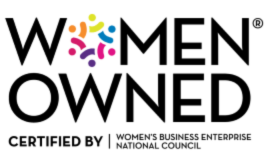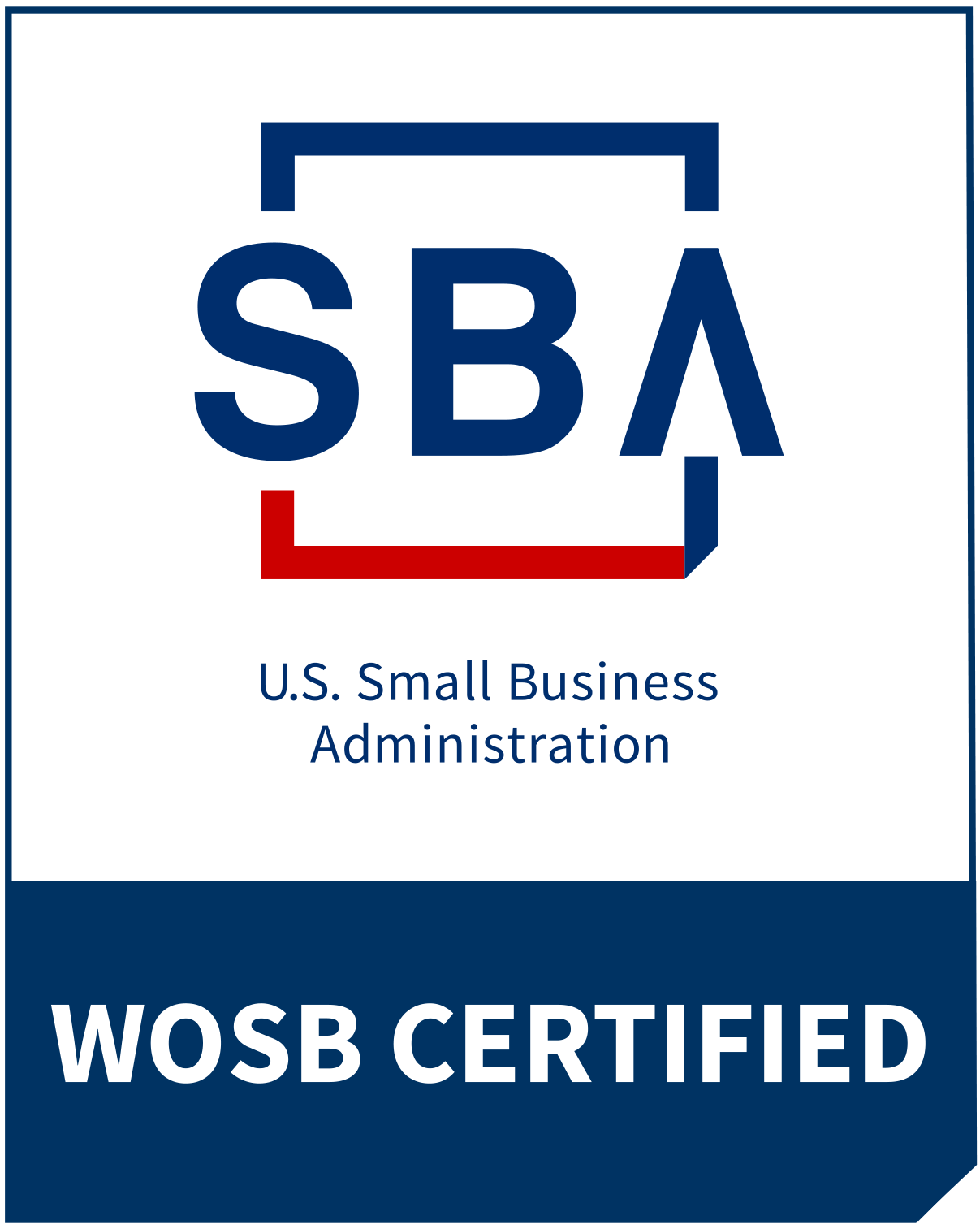Hook Learners with Well-Structured Training
- admin
- 0 Comments
- October 12, 2023
Hook Learners with Well-Structured Training
Do you feel overwhelmed trying to organize training content for your employees or customers? If so, you’re not alone. Many entrepreneurs and small business owners struggle to structure their training effectively. The good news is that you can create organized, impactful training content with the right approach. This post shares proven strategies to structure your training material logically. Read on to learn how to design training that engages learners and drives retention.
As a business owner, have you ever created training where any of the following occurred? (Or maybe you’ve felt this when you’ve been in training.)
Employees seemed confused by the main concepts.
The relationship between ideas was unclear.
The training didn’t connect to real performance needs.
Content was missing or irrelevant.
These are signs that the training lacks logical structure and sequencing. Well-structured training conveys goals, logically organized content, and strategies that support learning. With careful planning, you can create structured training that equips employees to succeed or helps customers use your product effectively.
When organizing training, think of each course or module like a book. The course title defines the scope. The lessons contain all essential topics, ordered systematically. Often, the content has a natural structure related to its purpose and audience. Carefully consider how to sequence and interrelate concepts for maximum clarity and engagement.
For example, when I developed customer training for a new learning management system, I organized it into three modules: Beginner, Intermediate, and Advanced. Within each module, I structured lessons around real customer needs, like “How to Add Users,” “How to Upload a Course,” “How to Create Reports,” and “Troubleshooting Common Issues.” This gave clear direction to help customers quickly find what they needed.
Now, let’s look at some common ways to structure training content. I’ll cover sequential and non-sequential strategies. Apply these at the lesson, module, and course levels. Use different techniques as dictated by your content and audience. You may organize a multi-day leadership course from simple to complex topics while teaching leadership processes sequentially. With intention behind your approach, you can optimize your training.
Sequential Strategies
Chronological
Organizing chronologically works well for historical or process-based content. For example, when I train new project managers on our workflow, I structure it chronologically, from receiving a go-ahead for the project to closing it out. This shows how each step builds on the last.
Steps in a Process
Are you teaching a process or procedure? Sequence it as progressive steps. Provide the big picture upfront, then cover each step in detail. End by reiterating the entire process. This “whole-part-whole” approach boosts comprehension and recall. (More about whole-part-whole is below.)
Non-Sequential Strategies
Some content lacks inherent sequence. In this case, various non-linear approaches can work.
Broad to Specific
The broad-to-specific approach works well when you can categorize topics into major groups or principles and then drill into details.
For example, when training new customer service reps, organize content broadly by interaction type – email, chat, and phone. Then, under each one, cover skills specific to that channel.
When training on an ordering system, group lessons by broader tasks like taking orders, managing inventory, and generating reports. Within each, teach the detailed steps to accomplish those tasks.
If training salespeople on CRM software, try structuring it by broader categories like contact management, pipeline tracking, and task management. Under each, cover the specifics of using the software for that purpose.
The key is to think about the big picture first, then progressively narrow focus. Clustering related topics makes it easier to absorb. But take care to group content in ways that make sense for the learner’s real needs. Logical organization boosts engagement and retention.
Simple to Complex
Structure training from simple foundations to advanced topics. Employees learn basics, gaining confidence to tackle more complex skills. For example, when training on using Excel, I cover essential functions first before more advanced topics, such as pivot tables and macros.
Problem and Solution
Organize around real problems employees/customers aim to solve. For instance, sales training might cover common objections like “Your product costs too much” and solutions to overcome them. This contextual structure helps learners apply skills.
Whole-Part-Whole (I always use this!)
The whole-part-whole method is a great way to structure training content at all levels and in conjunction with any of the organizing methods mentioned earlier.
First, give the big picture, like a video showing the entire process. Next, break it down into detailed steps. Finally, recap the entire process again.
For example, when training instructional designers on my process, I start with an overview, walking through the entire approach. Next, I break it into stages like needs analysis, design, development, testing and revising, and launching. I dig into the specifics of each stage. Finally, I revisit the entire process end-to-end.
The whole-part-whole structure works for topics, lessons, modules, and courses. This technique reinforces relationships between pieces and provides an organizing framework. Learners understand how steps combine into broader workflows. It helps learners absorb details while keeping sight of the complete picture. They come away with clearer mental models to apply skills confidently.
Tips for Organizing Content
Regardless of your organizing strategy, moving from familiar to unfamiliar content helps learners make connections, improving recall and deepening understanding.
Create a diagram that shows the relations between the unit and course goals and the relations among the units. Use the diagram as an advanced organizer to orient and re-orient learners throughout the training and show where they are, what they have accomplished, and what’s next.
Use the following features to quickly check your content outline without scrolling up and down.
In Microsoft Word, use the Navigation Pane.
In Google Docs, use the Document Outline feature.
In Microsoft PowerPoint, use the Outline View.
Wrap-Up
Thoughtfully organizing your training keeps learners engaged and focused. While tailoring approaches to your needs, maintain structure and logical flow. Employees and customers will retain more when content builds systematically toward tangible goals. Well-planned training brings powerful benefits to your business and those you serve!
Is Your Business Growing But You Feel Like It’s Falling Apart?
Feeling the strain of business growth? You're not alone. Many successful businesses face these challenges. It's often the little things that cause big headaches. Suddenly, your tried-and-true methods don't work anymore, profits shrink, customers are complaining, and you're constantly firefighting.
The key lies in fine-tuning your systems to support your growth. My 3S Profit Optimizer framework helps to secure more clients, streamline operations, and supercharge scalability. I've helped numerous businesses overcome these hurdles, and I'd love to see how I can help you succeed.
Let’s minimize the growing pains and prevent them from reflecting poorly on your business. To learn how to have more freedom, more control, and more opportunities to earn income take action now and click below.
Related Posts

Make Your Business Work for You: The 3S Profit Optimizer (Part 1)




